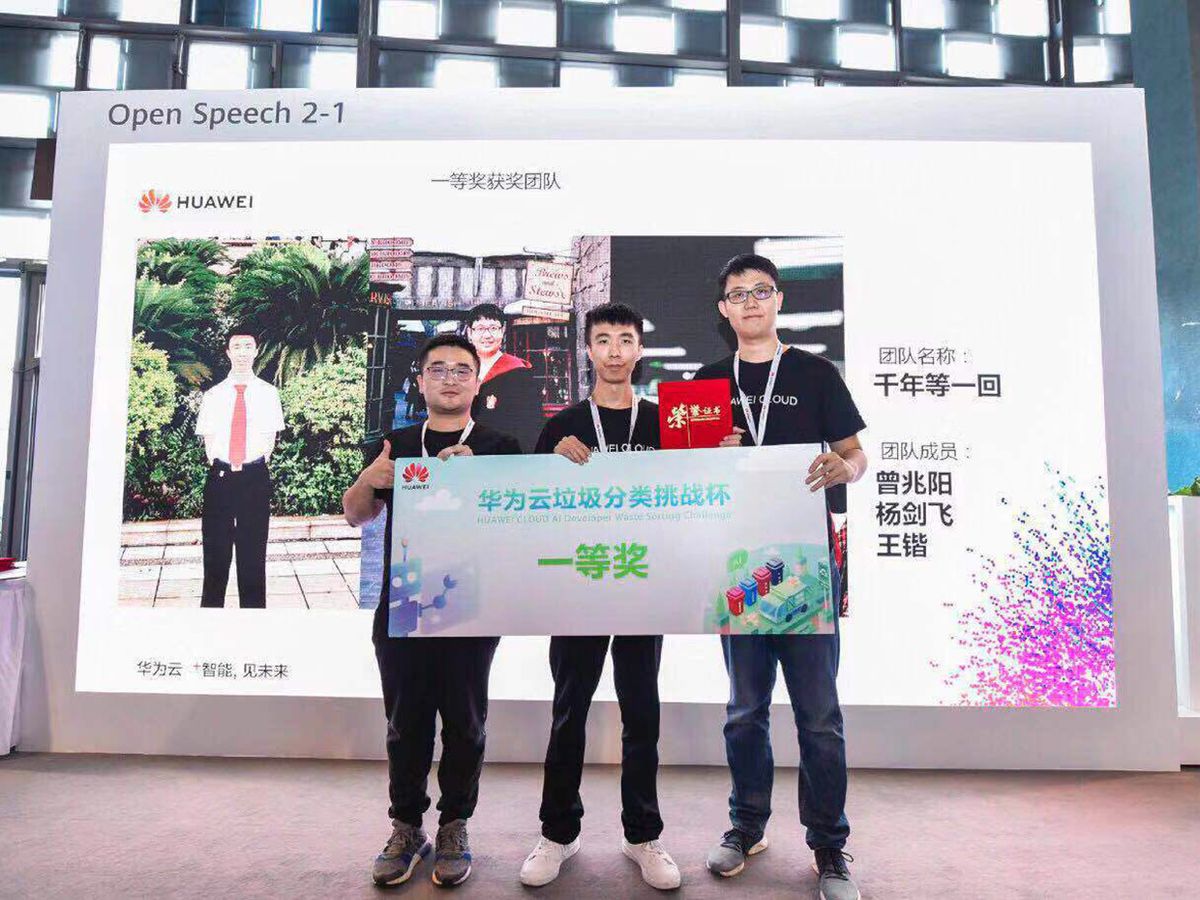Eggshells, fish bones, vegetable scraps – when items like these end up in the landfill rather than the compost bin, the consequences can be greater than most people know. In compost bins, some of the carbon from the food scraps is converted into soil and locked away into the ground. But in the landfill, where the food scraps are deprived of oxygen, the carbon is converted into methane and released into the atmosphere as a potent greenhouse gas.
This is just one example of why sorting waste properly is important. But let’s face it, many people do not have access to compost or recycling bins, or simply don’t know or care enough about the importance of sorting their waste correctly.
In the search for a solution to this trash-riddled problem, one team of researchers in China has developed a novel AI program capable of identifying and sorting garbage into appropriate categories. Using a three-pronged approach, it is able to categorize new garbage items it has not yet encountered and achieve an overall accuracy rate of 96.96 percent. The AI is described in a study published May 18 in IEEE Transactions on Artificial Intelligence, and led the researchers to a first place finish in the HUAWEI Cloud Garbage Classification Challenge in 2019.
“The rapid development of human society comes at the cost of severe environmental pollution,” emphasizes Jianfei Yang, a Presidential Postdoctoral Research Fellow at Nanyang Technological University who co-developed the new AI. Yang says he is interested in using AI to address important issues such as environmental pollution, and his team signed up for Huawei’s garbage sorting challenge as soon as they heard about it.
They set about developing a new AI model called GarbageNet, which relies on a type of deep neural network called a convolutional neural network commonly used to analyze images. It uses an existing dataset with labelled images to understand different kinds of garbage.

But the team wanted to build upon the AI further. “The model needs to be flexible enough in order that new categories of garbage can be recognized by the model without much effort,” explains Yang.
Therefore, the team added a second module to the model that’s able to memorize mysterious, new items of garbage and categorize them based it on their similarities to items the AI is already familiar with. In this way, GarbageNet can expand upon the categories of garbage it recognizes without extra training. Lastly, a third component of the model helps the AI learn better when multiple pieces of garbage are present, reducing the “background noise” of the other items.
At the HUAWEI Cloud Garbage Classification Challenge, GarbageNet was tested against 43 different types of garbage, ranging from a disposable snack box and cosmetic bottle to bamboo chopsticks and rotten pulp. With an accuracy of 97 percent, GarbageNet outperformed all other existing garbage-sorting AIs in the competition.
“After the competition, many companies contacted us for cooperation,” says Zhaoyang Zeng, a PhD candidate at Sun Yat-sen University who co-developed GarbageNet. “We hope to commercialize it and make an automatic waste sorting machine.”
This will involve integrating GarbageNet with a robotic arm. While the AI model identifies each garbage item, the robotic arm can physically sort it into the appropriate pile.
Yang sees this particular AI approach as just one solution of many. “AI technology is developing really fast and will make a huge difference to the world,” he says. “Apart from business purposes, we hope AI researchers can stick together to develop AI-for-good applications, dedicated to tackling climate change, energy-saving, eliminating hunger, [and more].”
Michelle Hampson is a freelance writer based in Halifax. She frequently contributes to Spectrum's Journal Watch coverage, which highlights newsworthy studies published in IEEE journals.



